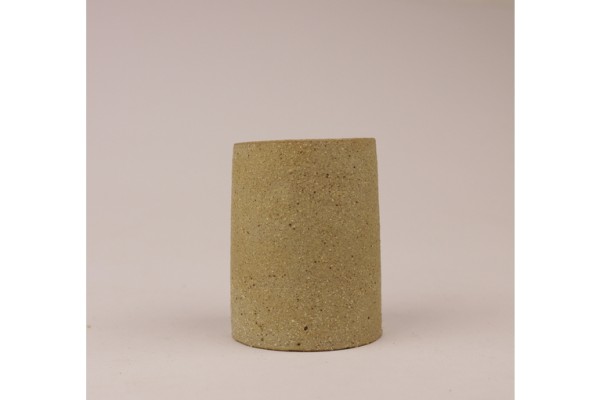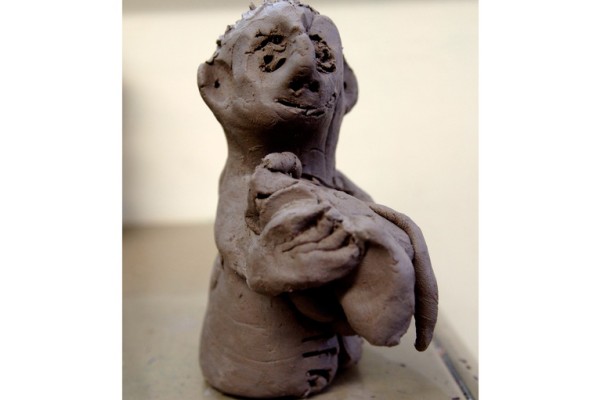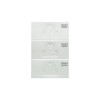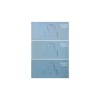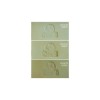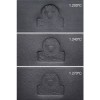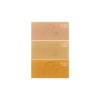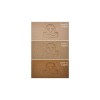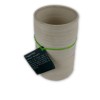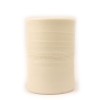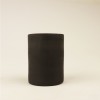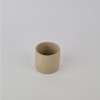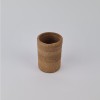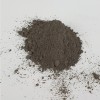Clay
We manufacture and stock a huge range of premium clays perfect for all your ceramic and pottery projects. Whether you're a professional artist or a hobbyist, these versatile clays offer superior work… Read more
Shop Our Coloured Clays
We have clays available in many colours. To view a colour, click on the link below:
Shop Our Specialised Clays
We offer a range of specialised clays
Other Clays
We are an official retailer of other clays including:
Clay
We manufacture and stock a huge range of premium clays perfect for all your ceramic and pottery projects.
Whether you're a professional artist or a hobbyist, these versatile clays offer superior workability, durability and a wide variety of firing options.
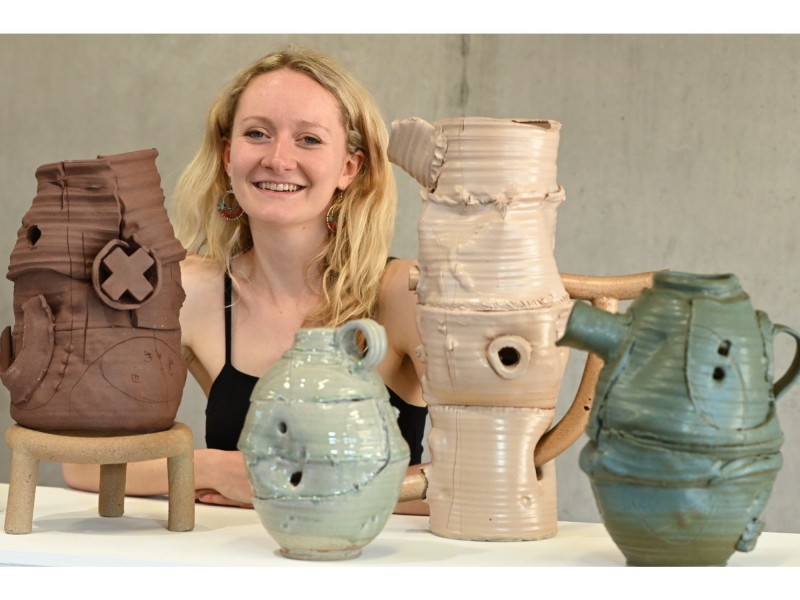
What Type of Clay Should I Use?
The type of clay you should use all depends on the nature of your project. If you’re looking for a versatile, easy-to-work-with option for hand building, almost any of our huge selection of plastic clays will give you the workability and flexibility you need. For projects that require vibrant, ready-to-use colour, coloured clays can add a unique touch to your projects.
If you’re working with specific techniques or need a particular texture, specialised clays offer solutions for high-fired pieces, low-fire projects and detailed surface effects. For simple and quick-drying sculptures, air dry clay is a convenient option as it hardens naturally without the need for a kiln. If you’re focusing on a more traditional pottery approach with smooth and consistent results, St. Thomas Clays provides reliable quality for both wheel-throwing and hand-building.
For a more refined look in your pottery, buff clay bodies are ideal, offering a light earthy finish. If you plan to fire your pieces in a gas or wood kiln, clays for gas & wood firing will help you achieve unique glazes and textures through a reduction firing process. Lastly, if you need a clay body with heat resistance, raw clays (fireclay) are perfect for creating durable, high-temperature items.
Ultimately, the best clay for your project depends on your specific goals. Whatever your next project requires, at Potclays you’ll find the perfect clay to bring your vision to life. If you have any questions or need guidance on which clay is best suited for you, please contact us.
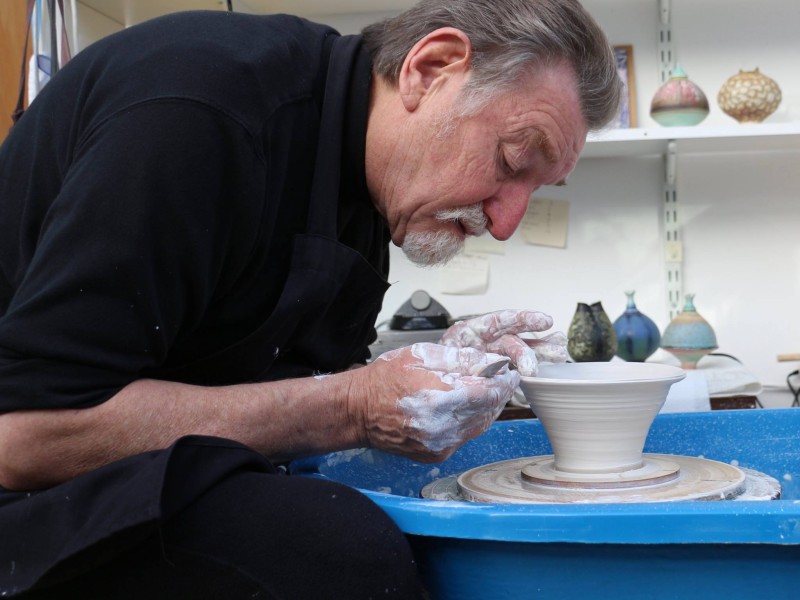
Why Buy Clay from Potclays?
Since 1932, Potclays have been the leading supplier of clay in the West Midlands. The majority of these clays have been taken from the clay mines at brown hills, South Staffordshire. Whether you're creating sculptures, pottery or tiles, Potclays provides clays that maintain their integrity throughout the entire creative process.
Potclays offer a diverse range of clays that cater to various artistic needs, from porcelain to stoneware. Each batch is meticulously formulated to provide excellent workability making it the ideal choice for both professional ceramists and beginners. Whether you're sculpting, throwing, or hand building, Potclay's clay offers the perfect balance of durability and flexibility to bring your creative vision to life.
With over 92 years of experience, you can be reassured that we only stock the highest quality products and we're always on hand for any technical enquiries or advice. We have built a reputation for providing helpful guidance to artists, whether you’re a beginner or an experienced professional. We offer detailed product information and can assist you in choosing the right clay for your specific project. Our friendly customer service, combined with fast delivery options, ensures you can focus more on your creative work and less on logistical concerns.
